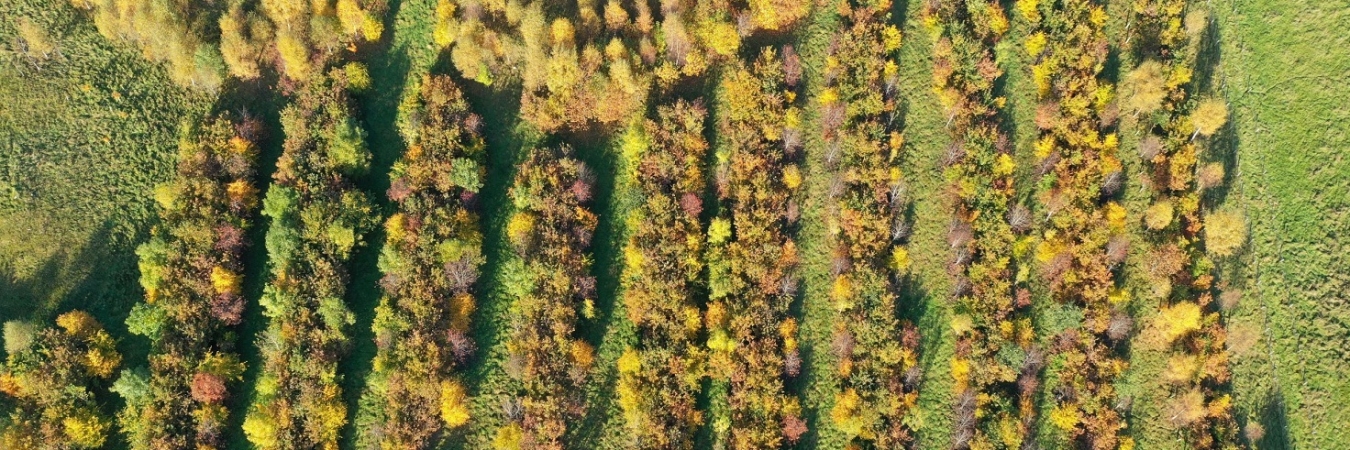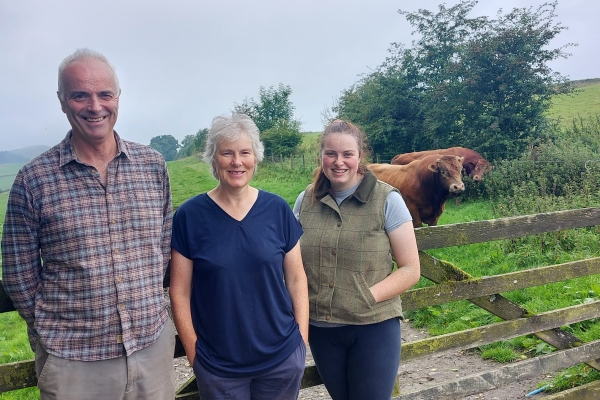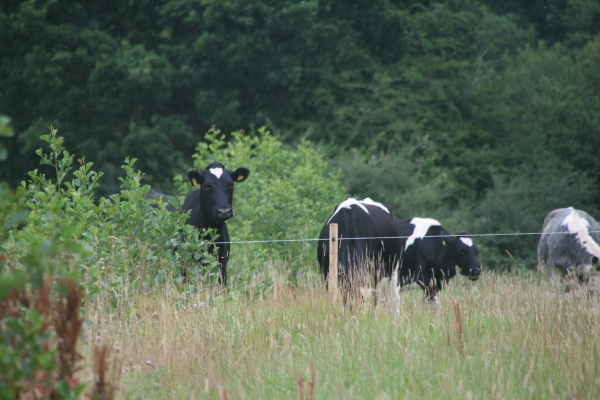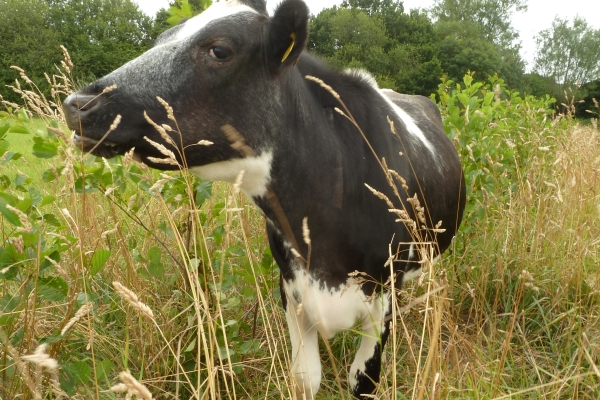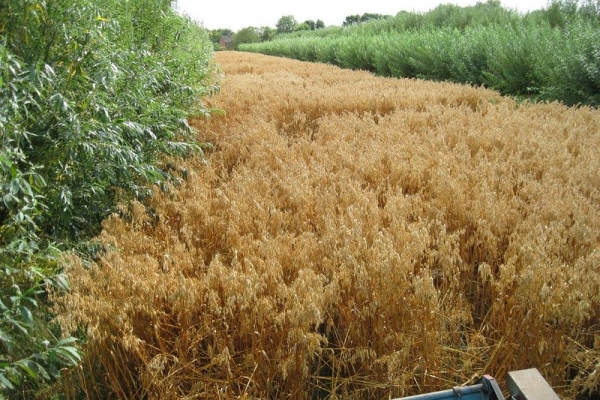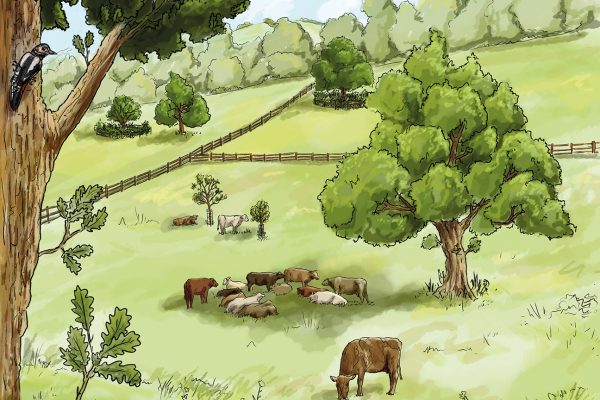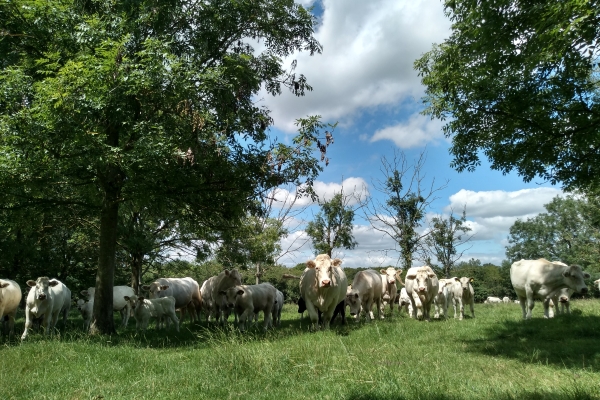Exploring Agroforestry in an Upland Landscape
ReForest UK Living Lab Webinar
Resource explained
This webinar, produced as part of the North of England Living Lab developed through the Horizon Europe-funded ReForest project, features two farmers in the Scottish uplands, Andrew Barbour and Katherine Sharp, who are at different stages of their agroforestry journeys. They discuss their motivations and experiences; Andrew having established a wood pasture system over many years, Katherine having started planting trees in 2018. Both highlight the trials and tribulations to date and their future expectations, with a Q & A session at the end.
Findings & recommendations
- Wood pasture (WP) requires management of the three components – trees, ground vegetation and animals. It can be simple if animals are excluded during establishment, and if the farmer is willing to manage the tree crop.
- WP does not involve long-term loss of land to the farm so you can in theory plant on a larger scale than normal shelterbelts.
- As the system has matured, low pollarding has allowed more light to come through and help with grass production. The woodchip is used in the barns for bedding, is fermented, and goes back on the land.
- WP provides a viable alternative to Sitka spruce plantations on upland farms.
- Agroforestry can provide shelter, improved coat care for sheep, improved soil and water health, foraging opportunities, and multiple benefits for wildlife.
- Trees have been selected on the basis of supplying livestock with a diverse diet and minerals from forage that her land lacks (selenium, cobalt and copper), being able to cope with wet and exposed land, providing tannins (against fluke), climate resilience, being priority tree species for Scotland, and being species that grow well locally.
- Although it is great to get trees planted quickly, sometimes it pays to get to know your farm first. One early planting was sited in an area regularly frequented by deer, and subsequently suffered severe losses. Plans have been adapted to accomodate wildlife e.g. waders and black grouse needs.
Andrew Barbour:
Katherine Sharp:
Summary provided by:
Phil SumptionEdited by:
Janie CaldbeckRelated articles
"...our focus is now on woodlands you can graze animals through and designing them that way - and we have gone from more of a...
This is video footage filmed at the ORFC 2019 of the session on silvopasture featuring farmer and PFLA member Chris Jones describing what he has...
Details of planting designs for contrasting farms in Devon who are taking part in a long-term field lab trial to help justify financial commitment to...
Assess the potential business benefits of agroforestry for your farm or client and understand the possible benefits to the wider environment with this invaluable handbook.
Three leaflets from the Woodland Trust aimed at livestock farmers wanting to make the most of trees on the farm.
Sally Westaway summarises the final AFINET workshop, some of the outcomes that were discussed, and the key people and organisations involved.
